- Home
- >
- Preservation Archaeology Blog
- >
- Preservation Archaeology Field School 3.0!
(June 27, 2024)—Preservation Archaeology Field School is back, and I couldn’t be happier about it! After a one-year hiatus for planning, we’ve just begun a new field school program focused on museum curation, archaeological survey, and experimental archaeology. As ever, our curriculum will help teach the next generation of archaeologists the skills they need to succeed in this field.
Our new program is a partnership among four institutions: Archaeology Southwest, the University of Arizona (UA), Western New Mexico University (WNMU), and the WNMU Museum. Students may earn credit hours at either university, and we live and work on the beautiful WNMU campus in Silver City, New Mexico, while drawing on expertise from all four institutions. Together, we analyze and catalog existing collections from the NAN Ranch archaeological site. This Classic Mimbres period (1000–1130 CE) village was excavated by the Texas A&M University field school in the 1970s and 80s and is now curated at the Western New Mexico University Museum. WNMU Museum Director Dr. Danielle Romero and UA PhD candidate Rebecca Harkness bring decades of expertise in museum collections work and Mimbres pottery analysis to this part of the program, and I’m very excited to be working with materials from the Mimbres archaeological culture area again!
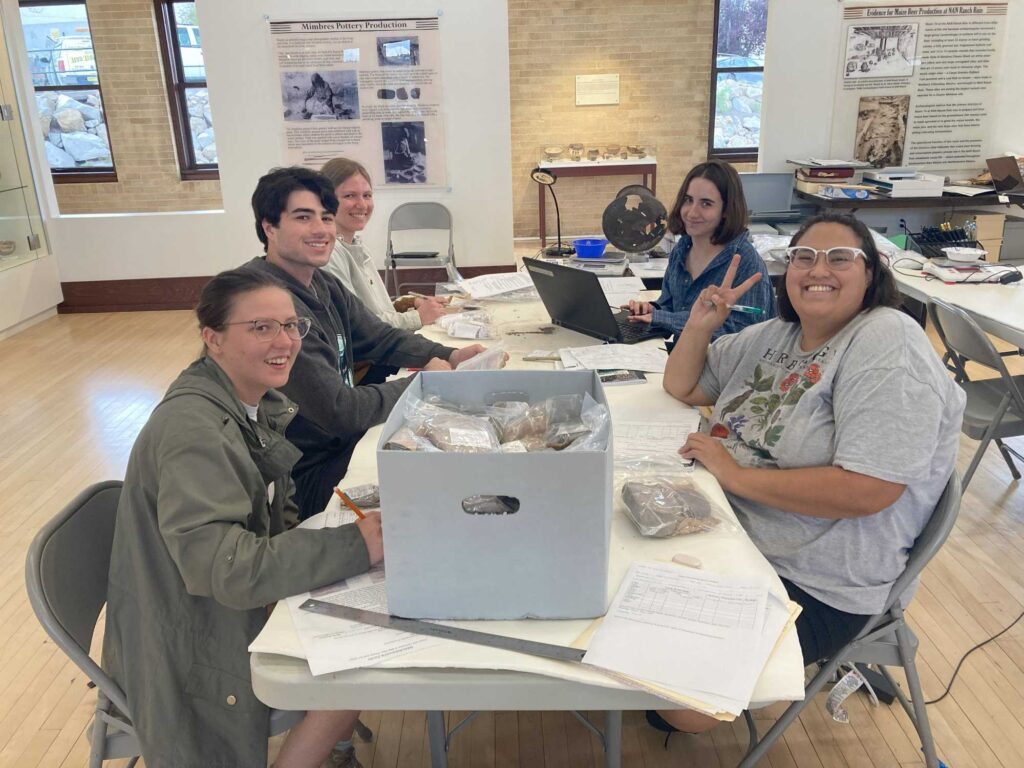
Our archaeological survey activities take place in the same area these museum collections came from, in the nearby Mimbres Valley. On survey, students learn to find and document archaeological sites on the landscape. Maxwell Forton, a PhD candidate at SUNY Binghamton, ensures that everyone learns to walk transect lines, map and record archaeological sites with both new (GPS) and “ancient” (compass and map) technologies, and document artifacts ranging from ancient chipped stone tools to the remains of 1920s homesteader cabins. These skills are in high demand right now, and an expanded survey component on this field school means our students will be ready for field technician positions on Cultural Resource Management projects as soon as they finish the course.
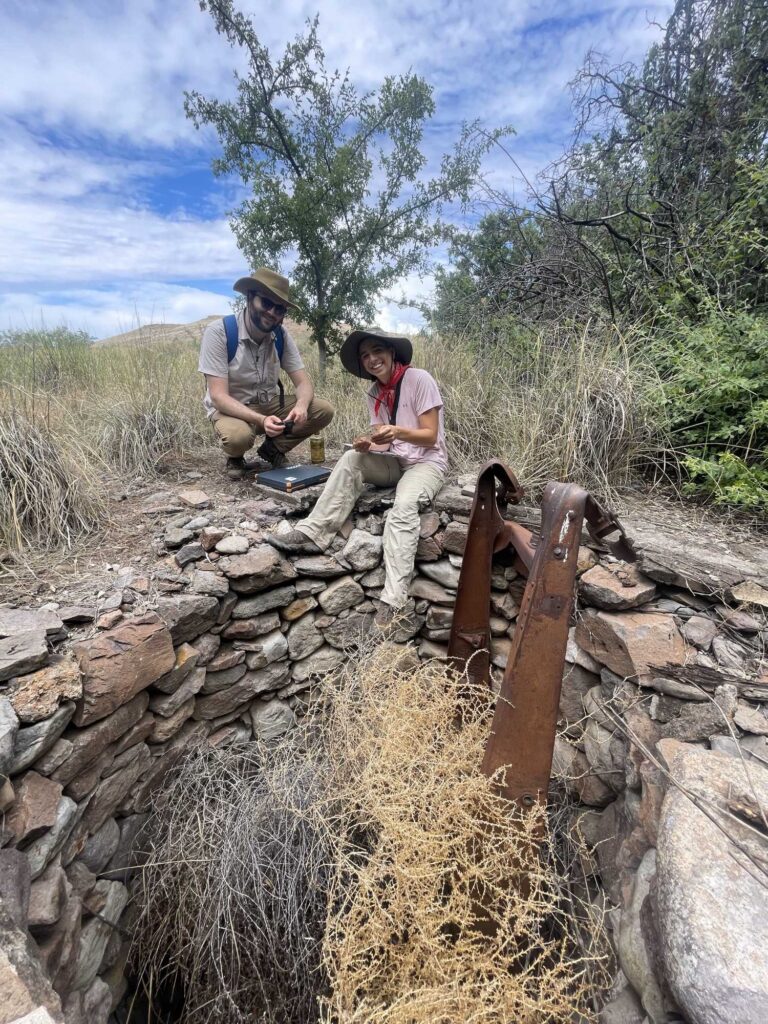
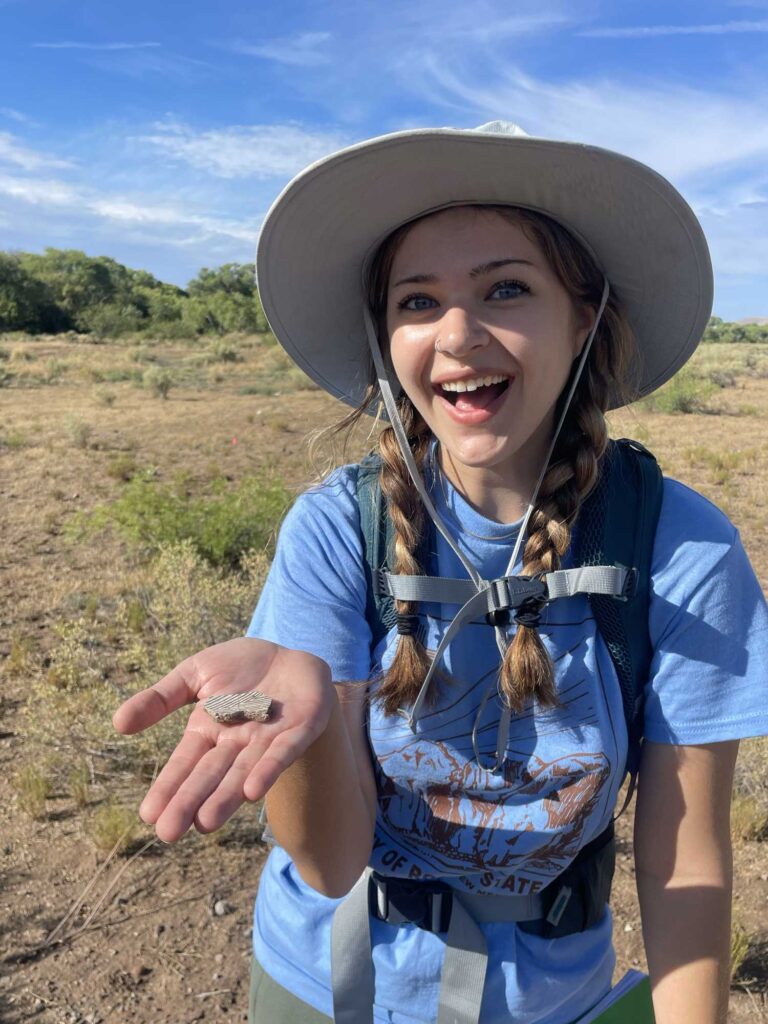
Experimental archaeology activities focused on replicating and understanding ancient technologies help us better understand how people made and used the items we see in the museum collections and on survey. This component also lets us spend more time camping and enjoying the outdoors in Cliff, New Mexico, in the same field camp we used for our 2016–2022 field schools. Preservation Archaeologist Allen Denoyer continues to spend his days teaching everyone how to create everything from ancient adobe structures to atlatls and projectile points. Students will also better understand how ancient people located raw materials on the landscape and used them to make everything they needed.
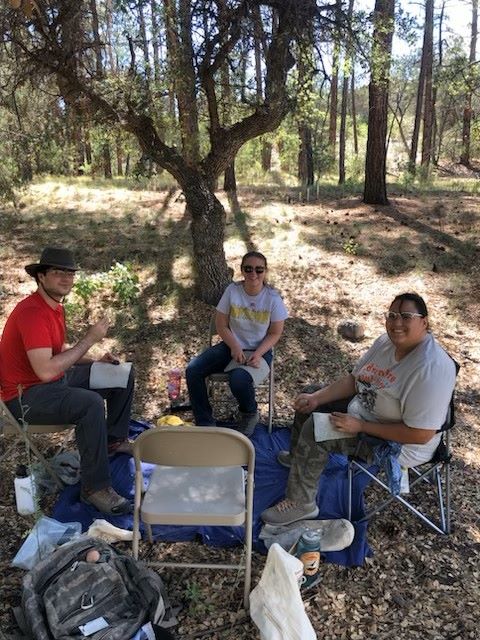
In order to emphasize ethical research approaches, our work does not involve items or data from mortuary contexts. Several Indigenous museum experts are visiting as guest instructors, and we visit museums at the Pueblo of Zuni and the Tohono O’odham Nation—as well as other local museums and archaeological sites—to gain a broader perspective on the values of archaeology to communities around the Southwest. We interact with museum visitors throughout the program, and the field school will culminate with a public Archaeology Fair where our students can present their research to the local community.
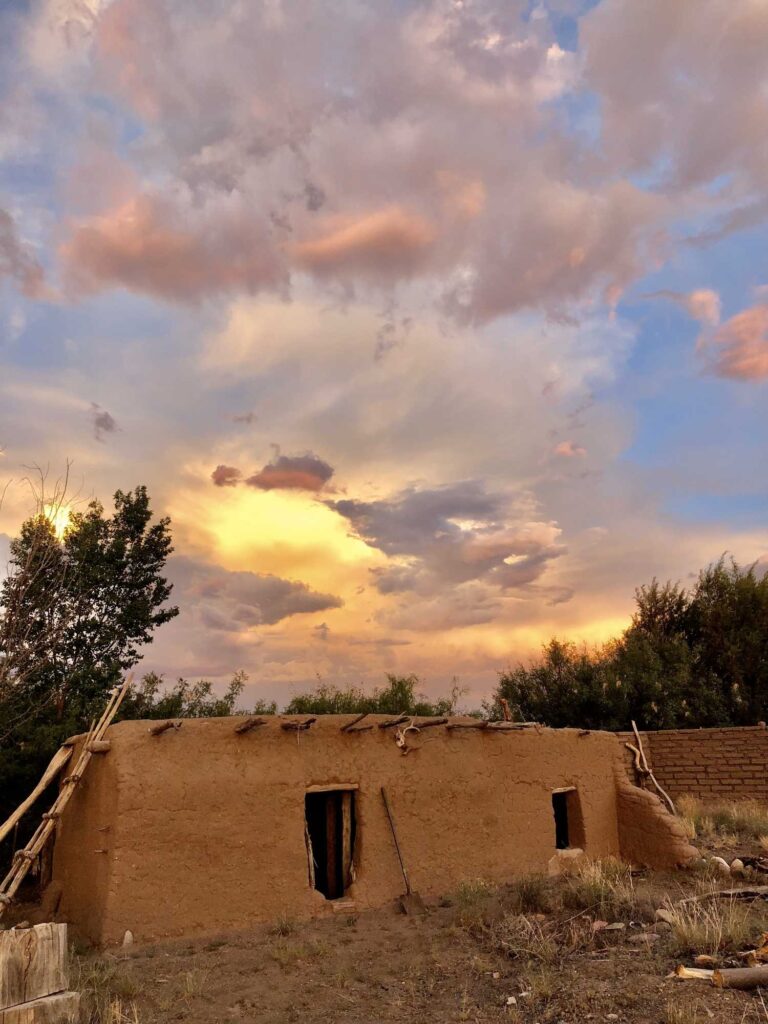
Although it’s a little strange to be living in a dorm room instead of a tent for the summer, the WNMU dorm we’re staying in is really nice—all I truly miss so far is the stars at night, and it’s nice not to be awakened in the wee hours by noisy owls. Our students have more freedom to explore Silver City and the surrounding community than they have had in the past, and are already discovering fun things to see and do I hadn’t known about.
Over the next few weeks, the cohort will be sharing their discoveries with everyone here at the blog. I look forward to reading what they have to say, and to all the things we learn and do in this new chapter of our field school.